Logging in
- The system is available for use across any Browser (e.g. Chrome, Edge), our Electron App, Excel add-in and mobile devices.
- The following instructions are common across all platforms but where any variation occurs, these will be specifically highlighted.
Browser Login
Browser Login
Select https://login.iplicit.com/
Enter your domain followed by Continue.
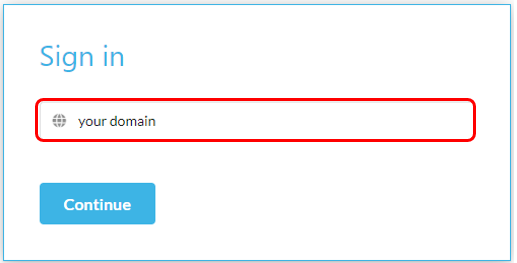
Enter your username and password then press Login.

In this section you can:
Download the electron app
The system can be downloaded as an electron app.
To do so, press Downloads at the login page.

Select the version you would like to download.

Open the file.
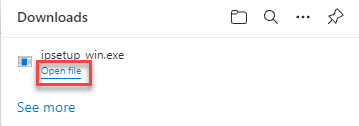
Login.
Unlock your account after too many failed login attempts.
If you enter an incorrect username or password, you will have to correct and press Login again.

If you enter the wrong password too many times, you will be locked out and will need to contact the User Administrator to reset your password and enable you to login again.
View your password.
Press the
 button to view your password.
button to view your password.
Tip
Tick Save user which will result in your domain and username being remembered for future logins.
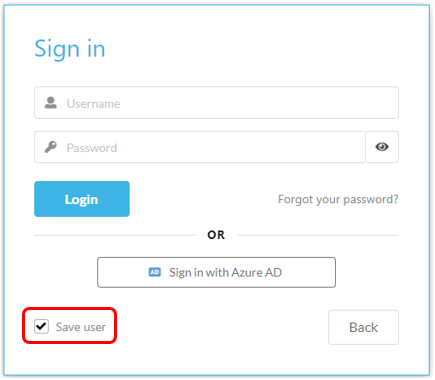
Note
Each browser is considered a different device so you would need to tick (save user) for each separate browser that you use to login.
Force a password change.
Upon the creation of a new account, the administrator can force a new user to change their password when logging in for the first time. When this action is required, the new user must enter:
Their current password along the top line.
Their chosen new password on the second line.
Confirmation of this new password on the bottom line.
Note
Your domain determines the password policy, e.g., must include 8 characters, 1 number, 1 lowercase character, 1 uppercase character and 1 special character.

Graphical user interface, text, application.
Description automatically generated.
Gain access after forgetting your password.
Below the password box you will find 'Forgot your password? box.
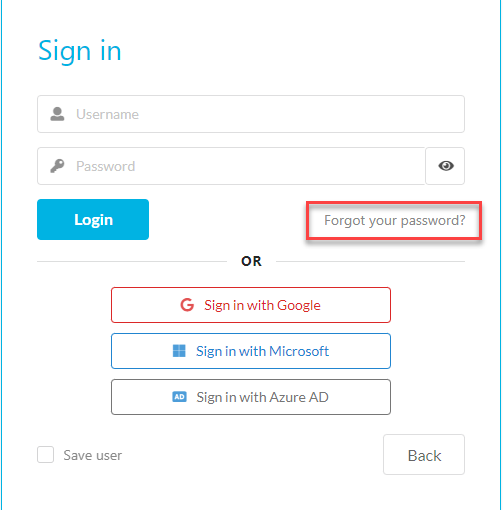
Upon selecting this link, you will be requested to enter your domain name along with your username.
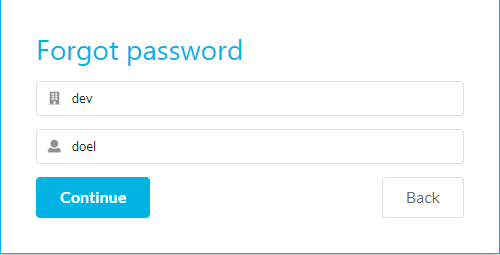
Once you have entered these details and pressed Continue, an email with instructions for resetting your password will be sent to the email linked with your account.
Go to your email and follow the instructions to reset your password.
Now head back to iplicit and enter your new password.
Set login defaults
In Environment defaults you can set MFA and login defaults.

Reset passwords & MFA lists the users that will receive requests to reset multi-factor and password requests.
Multi-factor Authentication
Multi-factor Authentication
To login in, you are required to enter your password.
If your organisation requires additional security, the system offers multi-factor authentication (MFA).
MFA requires users to provide secondary authentication separate from your password. The following options are supported in this process and need to be setup in My Security for them to show as an option -
- Email.
- Phone verification.
- Authenticator app.
To begin this process, you must first choose your authentication method and press Continue - if a default method has previously been selected, then this option will be selected.
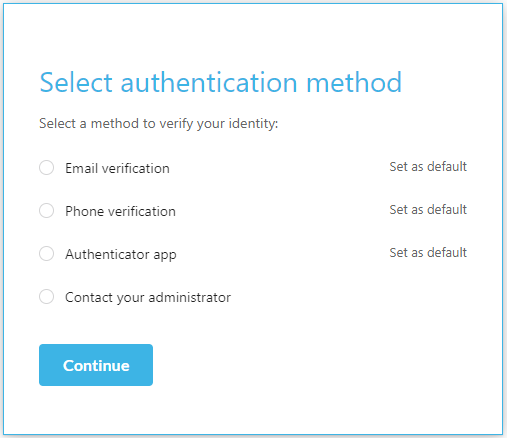
Email verification
An email will be sent automatically to the email address setup in My Security
Open your emails to find the verification code.
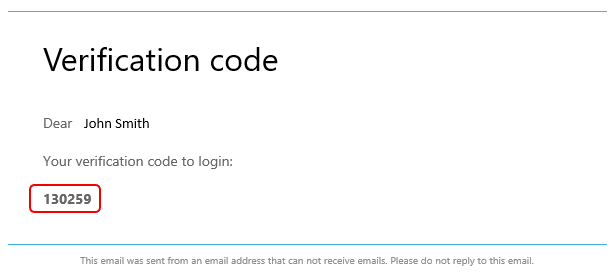
Tip
If you have had an issue receiving the verification code press ‘resend code’ to receive another code.

Type or copy the six-digit verification code in and press Continue.
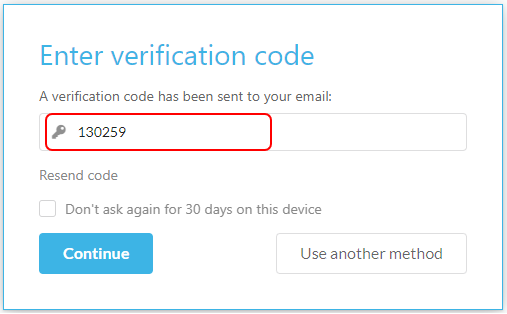
Tip
Tick ‘don’t ask again for 30 days’ to remember this MFA login as a Trusted device for 30 days.
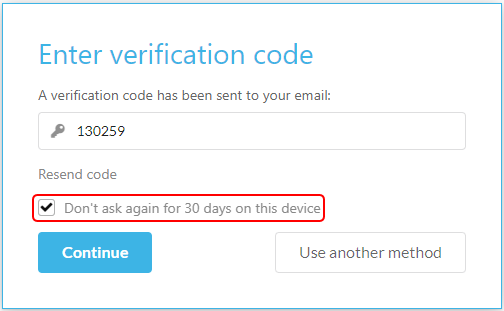
Phone verification
A text will be sent automatically to the phone number setup in My Security
Open your phone to view the verification code.
Enter the verification code.
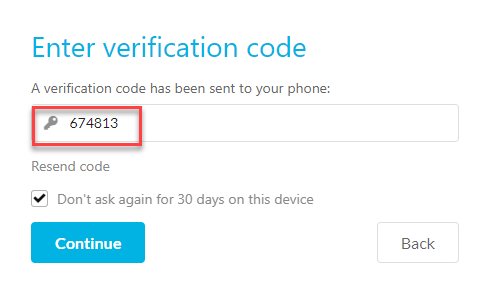
Tip
Tick 'Don't ask again for 30 days on this device' to stop you from having to verify your account each login for 30 days.
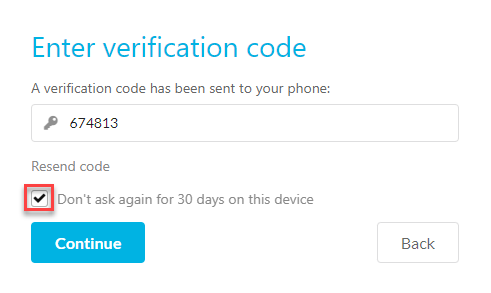
Press Continue.
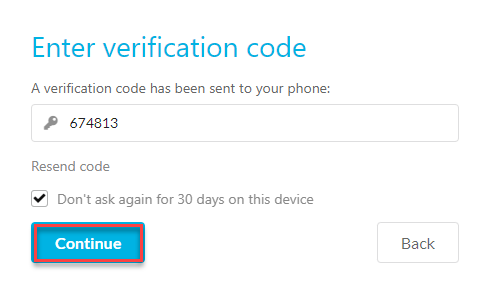
Tip
If you have not received a code or it is not working, press Resend code to receive another verification code.
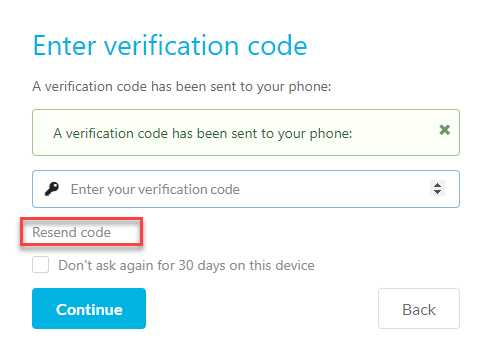
Authenticator app
Note
For this authentication process you will need an authenticator app downloaded.
Once you have selected the authenticator app as your preferred option and pressed continue you will be presented with a QR code.

You will now need to open your chosen authenticator app and scan the QR code presented.
Your authenticator app will now provide you with a six-digit verification code.
Head back and press continue below the QR code.

You will now be asked to enter the six-digit verification code.
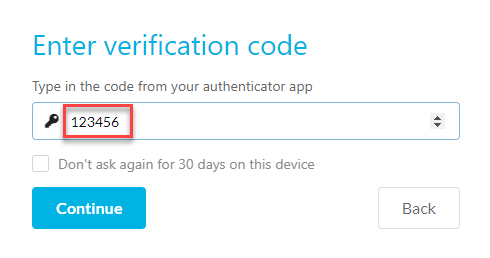
Tip
Tick Don’t ask again for 30 days to remember this MFA login as a Trusted device for 30 days.
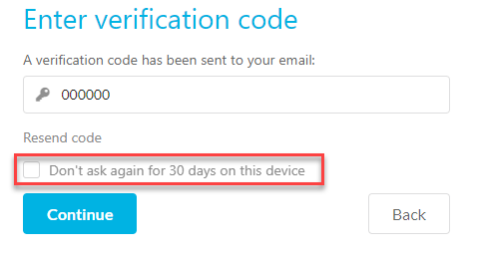
If you tick Don’t ask for 30 days, this will only apply for Trusted Devices (see Security). Once you have ticked this option, a countdown of 30 days will begin. When these 30 days are up, you will be asked to authenticate your login again following the same process explained in this section.
Press Continue.

Single Sign On (SSO)
Single Sign On (SSO)
The system now supports Single Sign On (aka SSO). To use SSO login you must first ensure that SSO is properly configured for your SSO provider - see Single sign-on (SSO) section in Environment defaults - and then link the SSO sign in method in account security - see details below.
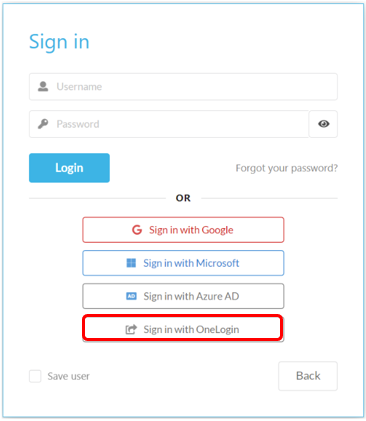
Updated August 2025